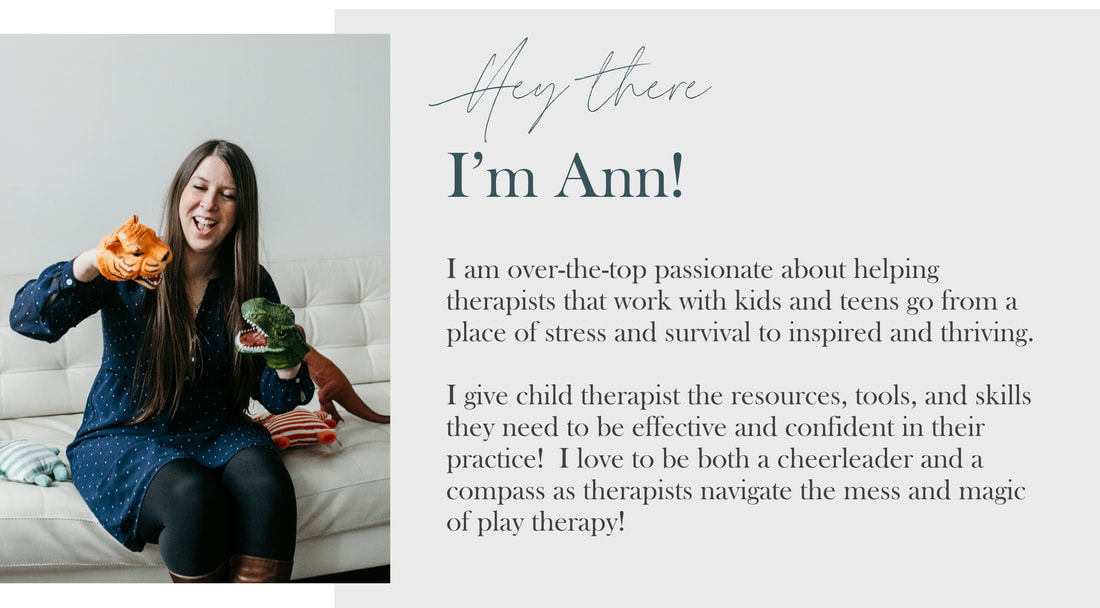|
How often do parenting strategies and techniques work effectively and perfectly the first time you teach them to parents?
Not ever? Me too.
What about how often do these strategies and techniques work 100% of the time once a parent gets them down?
Never? Same. The truth of being a genuine human being and a parent is that there is no one “quick fix” or “one size fits all” in parenting. And dysregulated and unhelpful behavior is present even in kids with the least amount of clinical symptoms who don’t qualify for a mental health diagnosis. Now, if you need some concrete tools and resources for parents I would urge you to run (not walk!) to grab my free downloadable guide for parents on how to stay calm and regulated while trying to co-regulate with their child. You can also check out the differences between consequences and punishment,why reinforcement is a powerful tool over consequences, the power of positive reinforcement (and why you should throw it around like confetti!), 7 tips for when natural consequences are hard to find, and how todecode what children are actually trying to communicate to us! All of these articles will help you support your parenting work with techniques, tips, and strategies…BUT what I wanted to share today is a mindset shift that is essential for parents as they apply these tips, techniques, and structures. Are you ready for it? Parents can’t be attached to outcome. Okay…one more time for the parents in the back…. Parents can’t be attached to the outcome, whatever their child picks, chooses, or decides (with the appropriate structure) the parent will remain in control. In this article HERE I talk about ways to set limits and boundaries through choice. Check out why sharing control through giving children choices is essential HERE and check out this free download about our basic emotional needs HERE! Okay - so one of the ways that parents give structure is where the child can choose [option one] or [option two]. Both options come with related outcomes. Both options the parent is fully in control of. Both are limits and boundaries and rules about how a parent will respond, VS. what a child may be forced to do. For example “you can choose to get dressed now and have cereal for breakfast or if you do not get dressed now you may choose to eat a granola bar in the car.” How the child chooses to get dressed (within the child’s control) impacts the available breakfast options and structure (within the parents control). It might also sound like “you can choose to get off your video games with a calm body and voice and play tomorrow or if you choose to argue or yell that is choosing to lose video game time for tomorrow”. How the child ends their media time (within the child’s control) affects their privileges for the next day (within the parent’s control). In both of these cases we are honoring that we cannot literally force a child to do anything (and nor should parents!) BUT parents are putting in structures, limits, boundaries, and consequences if an undesirable choice is made. Both of the examples above are about related consequences. Either way, the parent is in control. In the first example, this means that if the child keeps dragging their feet during their morning routine the cereal is no longer a breakfast option. Now, can the child absolutely reject the granola bar in the car? YES! And…the parent is still in control - the child is not having their desired cereal at the table and there is an alternative option for food available to the child. The child gets to choose how they want to put food into their body in the morning, including waiting until snack or lunch to eat. This is an example of a natural consequence because if the child runs out of time the longer breakfast option isn’t available. When parents become attached to an outcome, for example continuing to pressure the child to get dressed immediately, the child is actually getting power needs met by controlling the emotional response of the parent. When parents become more invested in their child’s behavior than their child is, it robs them from a teachable moment or a learning experience. Kids can often then develop the narrative that their parent is mean or “too picky” rather than focusing on their unhelpful choices of stalling to get dressed at the last minute. And in this example? Another natural consequence could be going to school in their pajamas with a set of clothes a parent chooses in their backpack if they are not able to get dressed by the time it is time to go. So, since we know that parenting techniques aren’t effective 100% of the time, that also means that children will likely need consequences, limits, boundaries, and rules to help with teaching and learning. When parents step out of the way and let their child choose, it actually creates significantly more effective opportunities for teaching and learning! What about you? What are your favorite ways to talk about choices with parents and children? Let us know in the comments below! Loading...
0 Comments
Leave a Reply. |
Hi, there!I'm Ann Meehan, an LPCC, Loading... Archives
July 2024
Categories
All
|
Privacy Policies | Terms of Use | Disclaimer
Contact
[email protected] | Copyright Meehan Mental Health Services 2022
Contact
[email protected] | Copyright Meehan Mental Health Services 2022







